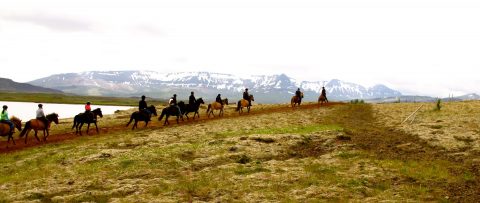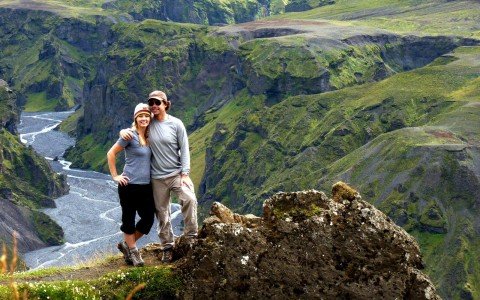Vestmannaeyjar:
Iceland's Westman Islands
With a heritage that dates back more than 1,000 years, the Vestmannaeyjar (or the “Westman Islands”) are as rich in natural beauty as they are in history and lore.
What’s in a name?
Hjörleifur Hródmarrson was one of the first Norse settlers to make his home on the flat coastal plains of South Iceland. The Icelandic Sagas don’t detail the reason, but around the year 870 he was killed by his Irish slaves, who fled the mainland to the islands just off the shore.
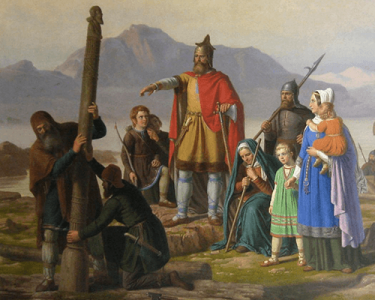
Hjörleifur happened to be the brother in-law of Ingólfur Arnarson, Reykjavík’s first settler, who exacted dire revenge on the slaves by tracking them to the islands and killing them all. The Norse referred to the Irishmen as “West Men” and the islands have since been known as the Vestmannaeyjar, or Westman Islands.
There are in fact 15 Islands that make up the Westman Islands, but only the largest – Heimaey or “Home Island” – is inhabited. A long heritage exists on the island that dates back to the year 900, although archaeological evidence suggests human habitation as early as the 7th century, resulting in a distinct local identity. It is a common joke among the locals to refer to Iceland as the “16th Island.”
A Thorny Issue
The assertion that the Westman Islands, with their population of 4,500 people, are relatively wealthy compared to the mainland and contribute more in taxes than they receive in services, is somewhat of a thorny issue. The bulk of this wealth comes from the fishing industry, the main supplier of employment and revenue on the island, although tourism has become a major contributor.
It has even been whispered on the island that perhaps they should push for their independence from Iceland—however some say their dependence became all too clear in January of 1973 when a volcano right next to Heimaey Town erupted after 5,000 years of dormancy.
The eruption continued until July, destroying 400 buildings and forcing the evacuation of residents across to the mainland (fortunately with no loss of life). By the time they could return, 30 per cent of the town was covered in lava and ash, and the island had grown by an extra square mile.
A Land of Wild Abandon
B&R’s Iceland Family Adventure is like stepping into a scene from The Lord of the Rings—a fantasy playground where ancient sagas of sword-wielding Viking legends come to life, where trolls and elves are still believed to roam the lava fields.
DETAILED ITINERARYThe Island of Surtsey
In 1963, a series of volcanic eruptions below the surface of the ocean 19 kilometres (12 miles) from Heimaey resulted in the formation of a new island, Surtsey. As the magma fought its way out of the sea, huge clouds of steam, dust and ash were sent into the atmosphere, gradually forming a new land mass. Surtsey has eroded significantly since the eruptions ceased and is now only a third of its original size. Still, as an untouched nature reserve accessible only to scientists, it is proving a remarkable experiment in the formation of life in barren environments, telling a story of how the continents were formed and life on earth was born.
Puffins: The Clowns of the Sea
One of the other main attractions of the Westman Islands is that it is one of the best places to watch puffins. The name comes from its curious appearance, colourful bill and piebald plumage; these comical looking birds are actually very efficient predators, with sand eels forming the bulk of their diet. Unfortunately, speculation is that climate change has warmed the oceans of the area and driven the sand eels further north, resulting in an alarming decline in puffin numbers.
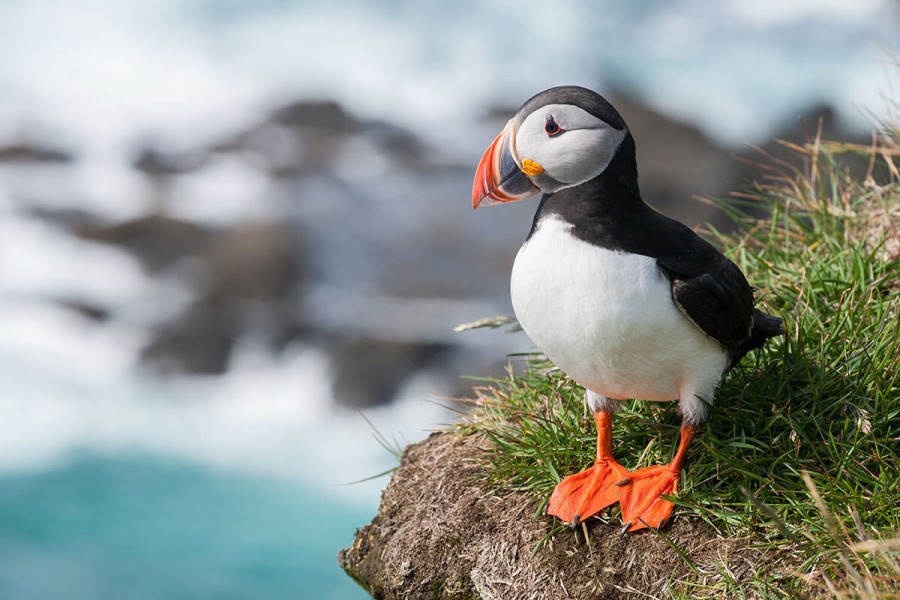
The puffin belongs to the Auk family and is a pelagic sea bird, meaning they can be found in remote ocean environments as much as 100 kilometres (62 miles) off shore and only come to dry land to nest. Apart from a slight size difference, males and females look alike. They are monogamous and can live up to 25 years. Males do the bulk of the work when on land, but both share in the incubating responsibilities it takes for the 39-odd days for the chick to hatch.
They produce one egg a year and contrary to popular belief, young puffins are not abandoned by their parents. A unique occurrence every August on the Island is the “Great Pufflin Rescue,” when hundreds of hungry, young pufflings are attracted and disoriented by the lights of Heimaey and end up crashing into yards and streets. Locals gather the confused birds in boxes, keep them safe in their homes for the night and then all head out in a festive mood the next day in boats to toss the bewildered birds high into the sky and set them free.
This philanthropic activity is perhaps a sharp contrast to other puffin activities popular amongst Icelanders: puffin hunting with huge butterfly nets has been an important food source for decades and smoked puffin is an Icelandic culinary delight.
MORE FROM Europe + Iceland
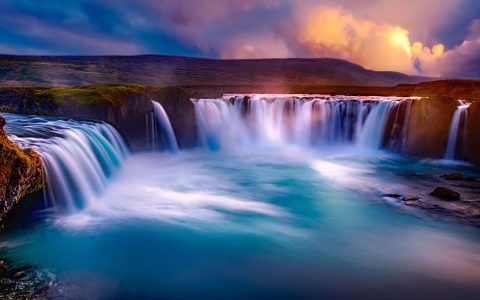
Reading for the Road: A Few of Our Favourite Books About Iceland
Iceland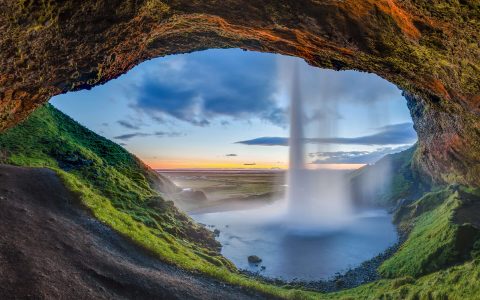
Insider’s Guide: Our Favourite Things to Do in Iceland
Iceland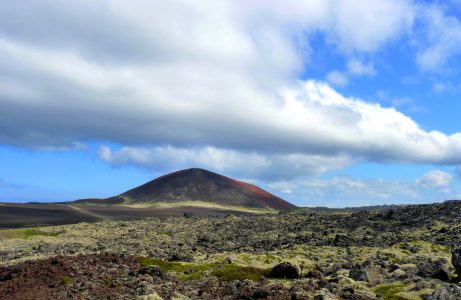
Five hot destinations that are more accessible to Aussies
Iceland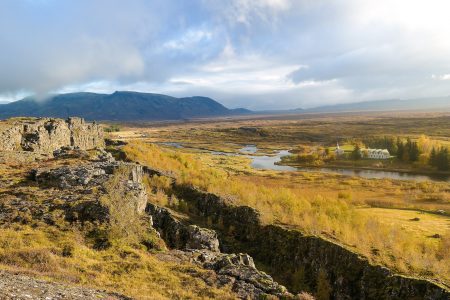
In Pictures: A Perfect Icelandic Itinerary
Iceland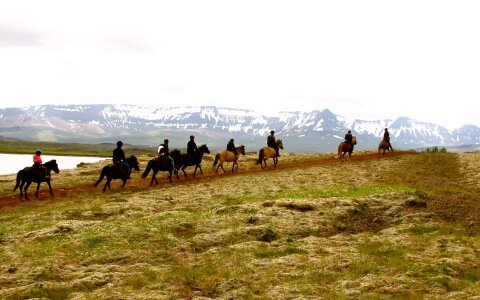
Top New Tours for Family Travel
Iceland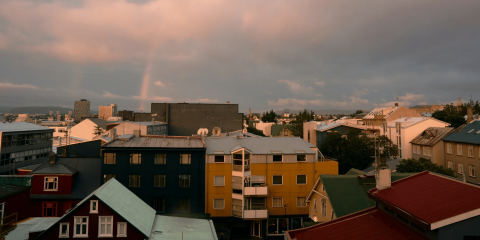
Insider’s Guide: 7 Things To Do in Reykjavik
Iceland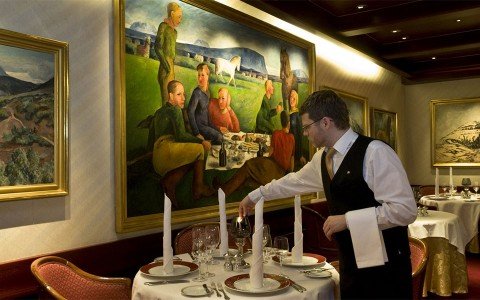
Insider’s Guide: My 5 Favourite
Reykjavik Restaurants
Iceland

Insider’s Guide: Top 3 Reykjavik Hotels
Iceland
Icelanders: A Historic, Nordic Cool
Iceland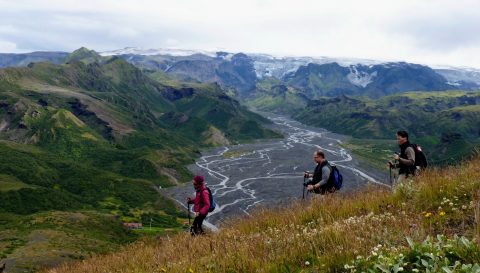
48 Hours in Iceland
Iceland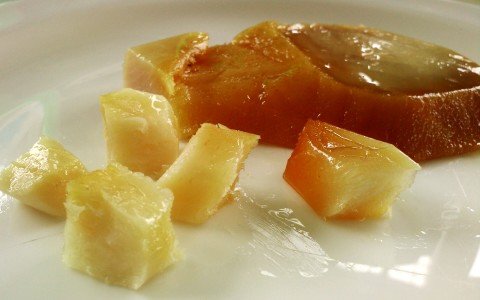
Hakarl and Brennivin: An Acquired Taste
Iceland